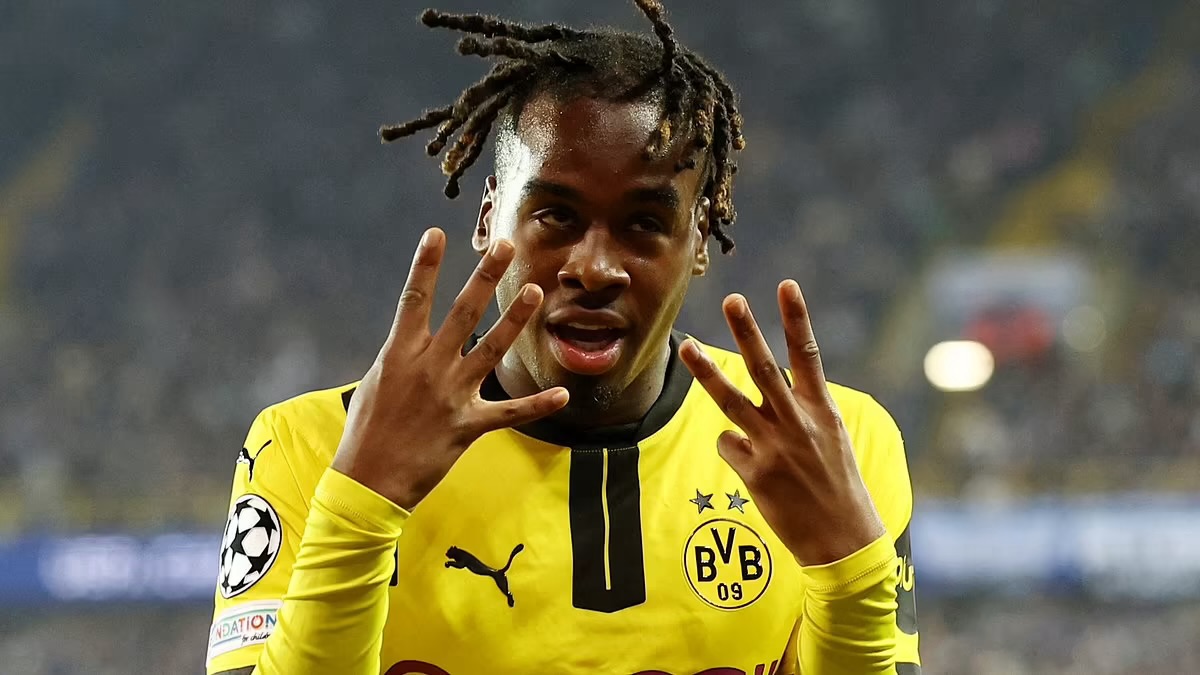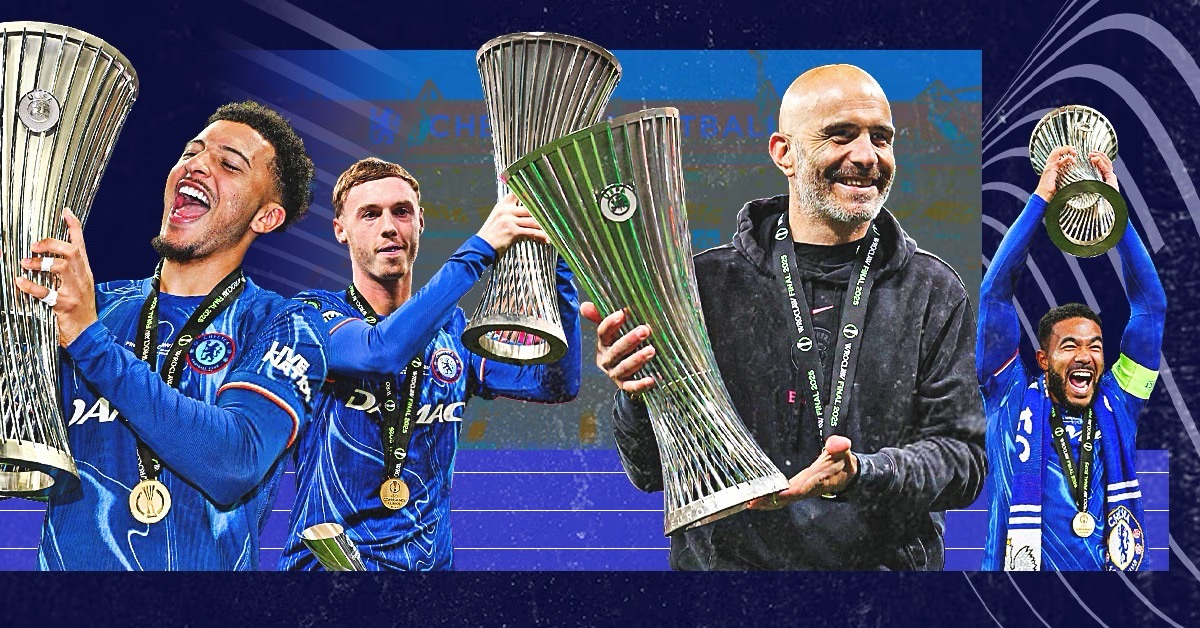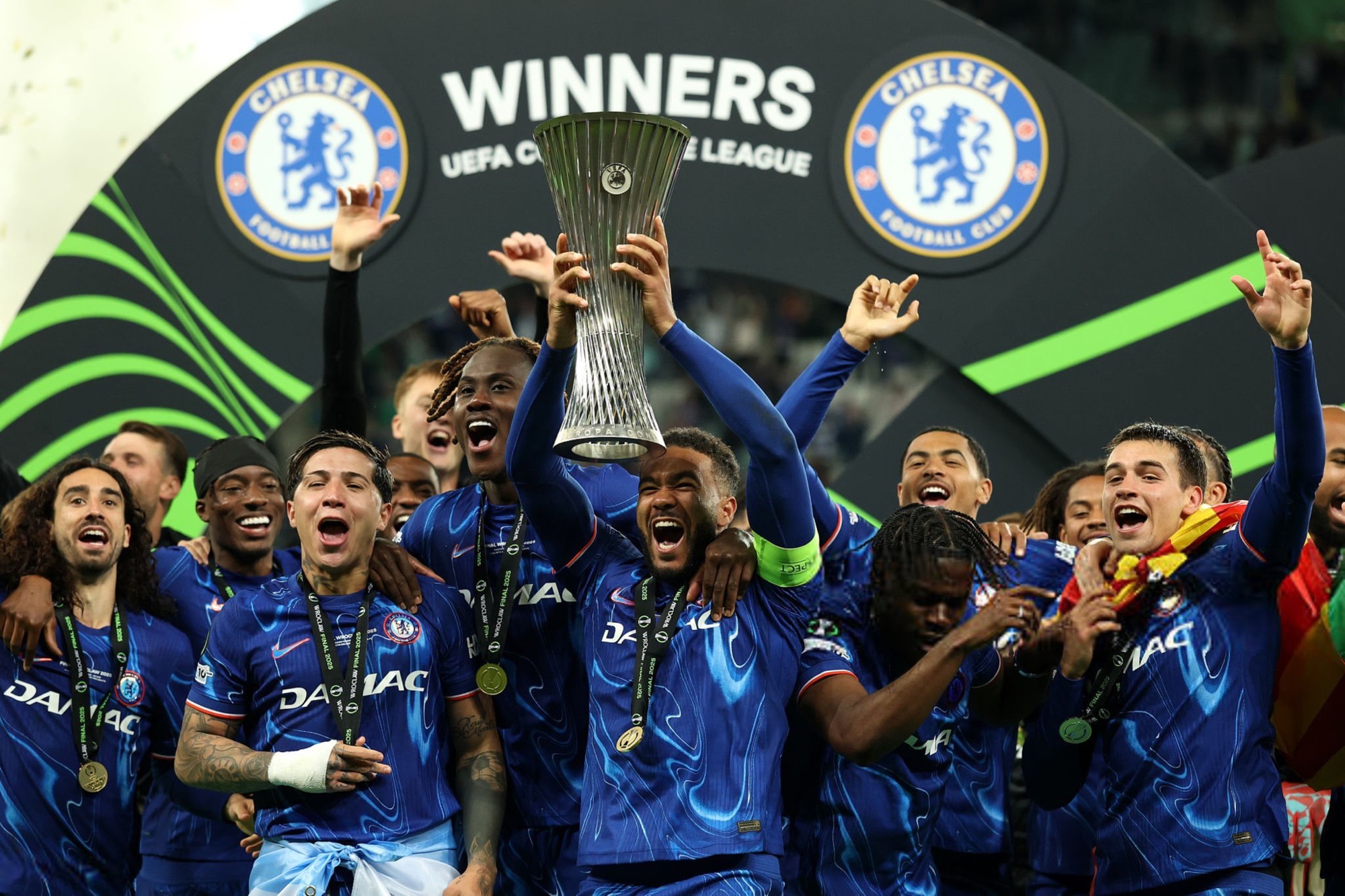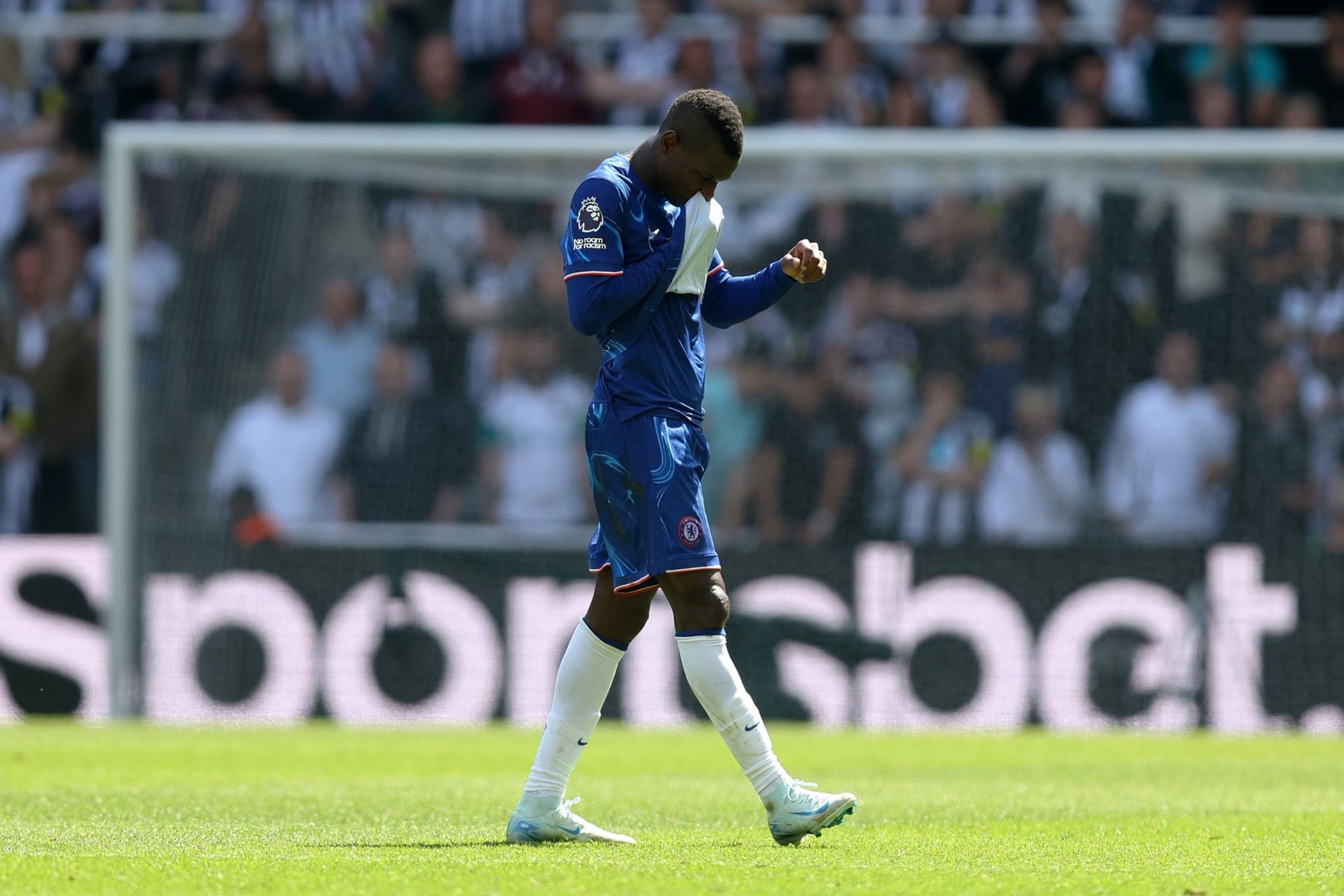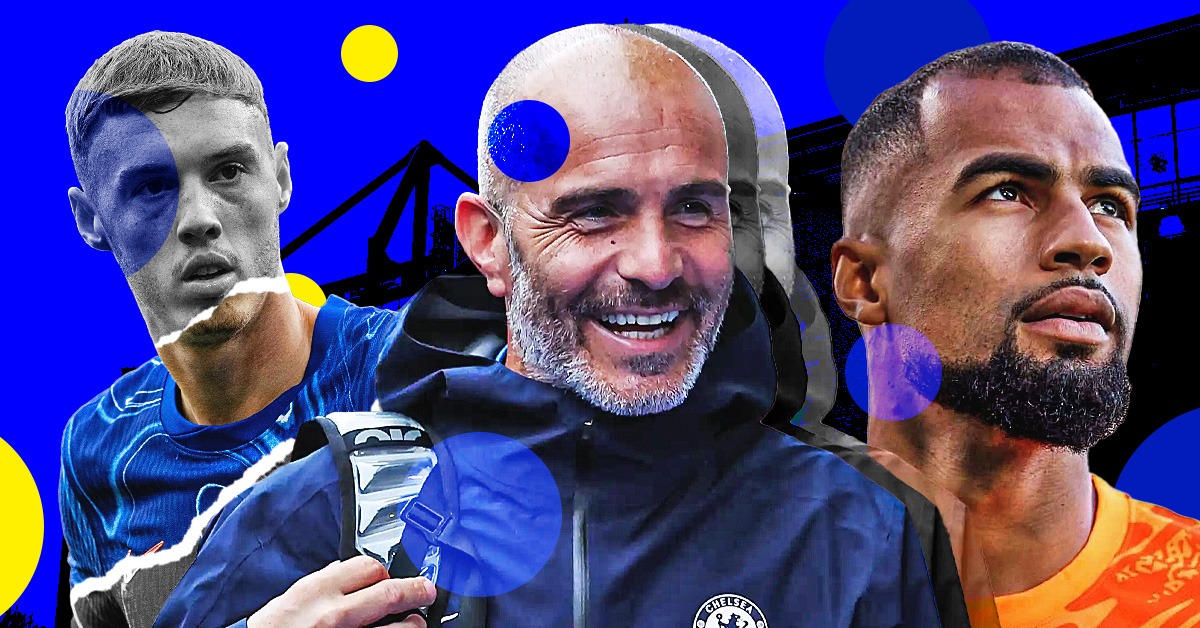
Jose Mourinho desperately wanted the Croatian Cruyff at Real Madrid a year ago and paid £33m for him, Sir Alex Ferguson and Kenny Dalglish both picked the play maker as their player of the season two years ago and the short number of performances he had this season have already impressed his new manager, Carlo Ancelotti. Luka Modric is a player with a brilliant mind, he works intelligent without the ball and he has a lovely technique.
Chelsea was nearly got the signing Luka Modric in 2011. However, Daniel Levy refused any bids by our club and Modric remained at Tottenham before going to Real Madrid a year later. If I’m looking back, I still can’t get over the fact that we were so near to sign a such crucial player, but enough about me at the moment, we’re going to have a closer look of Luka Modric, his biography, style of play, strengths and weaknesses.
Biography
Luka Modric grew up in the wartime of today’s Croatia. In his youth, Modric had trials at several clubs, but no club wanted him. The reason: he was too small and not strong enough; he won’t have a future. Even his technique couldn’t convince the clubs. But hard work pays off: Modric eventually landed at the academy of Dinamo Zagreb, one of the biggest clubs in Croatia. He signed a 10-years contract with Dinamo in 2005 until 2015, a risky decision from both sides and it paid off. Not only that Modric helped Dinamo to win the Croatian League in 2006, 2007 and 2008, but also did he catch the attention of the bigger clubs in Europe. Tottenham was the lucky club in 2008 to land Modric for £16.5m, and was sold after 3 years to the most successful club in the world, Real Madrid.
Position/Style of Play
Modric is a flexible midfielder, who can actually play every position between the defender and striker. In his early years and at Dinamo Zagreb, Modric was commonly used as a left-midfielder because of his strong dribbling and crossing. After joining Spurs in 2008, Modric was only used in the central-midfield in a 4-4-2, later in the pivot or attacking midfield in a 4-2-3-1.
The Croatian belongs to the nowadays best deep-lying play makers in the world. In addition to his vision of class, pinpoint long-range passes and infinity resources of creativity are his mind of reading the game, tactical positioning and anticipation. He presses the opponent in the right moment and is always available and involved in the game.
Strengths
Vision and passing: Through-, long-, key- or simple short passes: no matter which kind of pass the Croatian Cruyff plays, it nearly always finds a player of the own team. In contrast to a player as Busquets or Mikel, Modric builds-up a game from the deep and often plays risky passes and also long-passes that finds the teammates.
Technique: Not only is his technique for a pass an enjoyment to watch, but his ball control, dribbling, set-pieces and long shots belongs to his brilliant assets.
Positioning: In the offence, the creative playmaker opens space for others due to his flexibility, versatility and ability to go on the wings.
And in the defence, Modric compensates his slight stature with a great positioning and intelligence of making the right decisions to tackle in the right moments. If staying in the deep or moving up to press, his timing is nearly always right while his defensive work often goes unnoticed.
Weaknesses
Slight stature: If I have to think about a weakness of Luka Modric, then it has to be his physical strength. Consequently, managers rarely play Modric in a single pivot, but often put a more physical player beside him in a double pivot. His statistic of won tackles is decent for a player of his stature because of his dynamics, but it clearly can’t be compared to a physical rock.
Not a goal-threat: His gameplay involving teammates and his preference to pass rather than to shoot makes him short of number of goals. However, he has a good shot. You can ask De Gea.
Conclusion
Luka Modric isn’t the oldest player with his 28-years of age, but I don’t expect him to leave Real Madrid in the next few years or even at all. His first season in Spain wasn’t the easiest being voted as the flop transfer of the season, which in my opinion was absolutely absurd. His importance to Real Madrid is growing bigger and bigger. As mentioned in the beginning, I would have hoped so much that Modric came to Chelsea in 2011, but sometimes you can’t get the player you want, and maybe we wouldn’t have been the Champions of Europe if we really managed to get Luka, the magical genius, Modric.
(Luka Modric has not much (actually absolute nothing at all) to do with Chelsea at the moment, but I think it’s a good way to round things up with a 360 Player Report with one of my favorite non-Chelsea player.)
After nearly six months and 30 articles, I have decided to leave Chelsea360, mainly because of the time problems I have. I want to thank Shaurya, the CEO of 360 and a great guy, the other members of 360 and of course you guys for showing massive support, writing comments and expressing your opinion about certain situations and also about my articles. You are simply amazing! KTBFFH!
Jonny (@jonny9fan)

